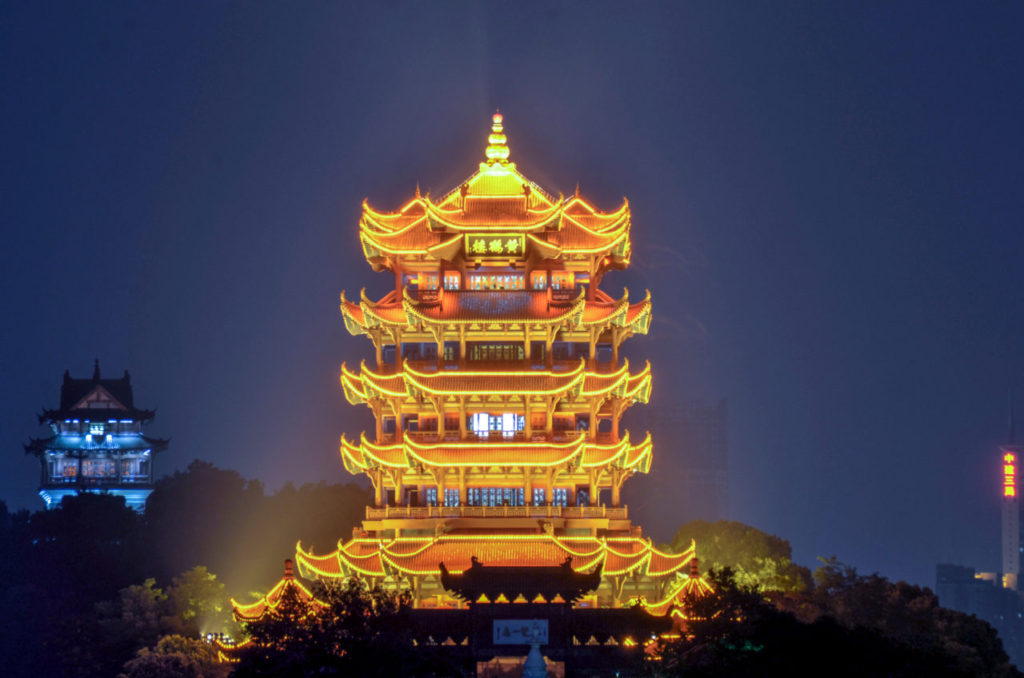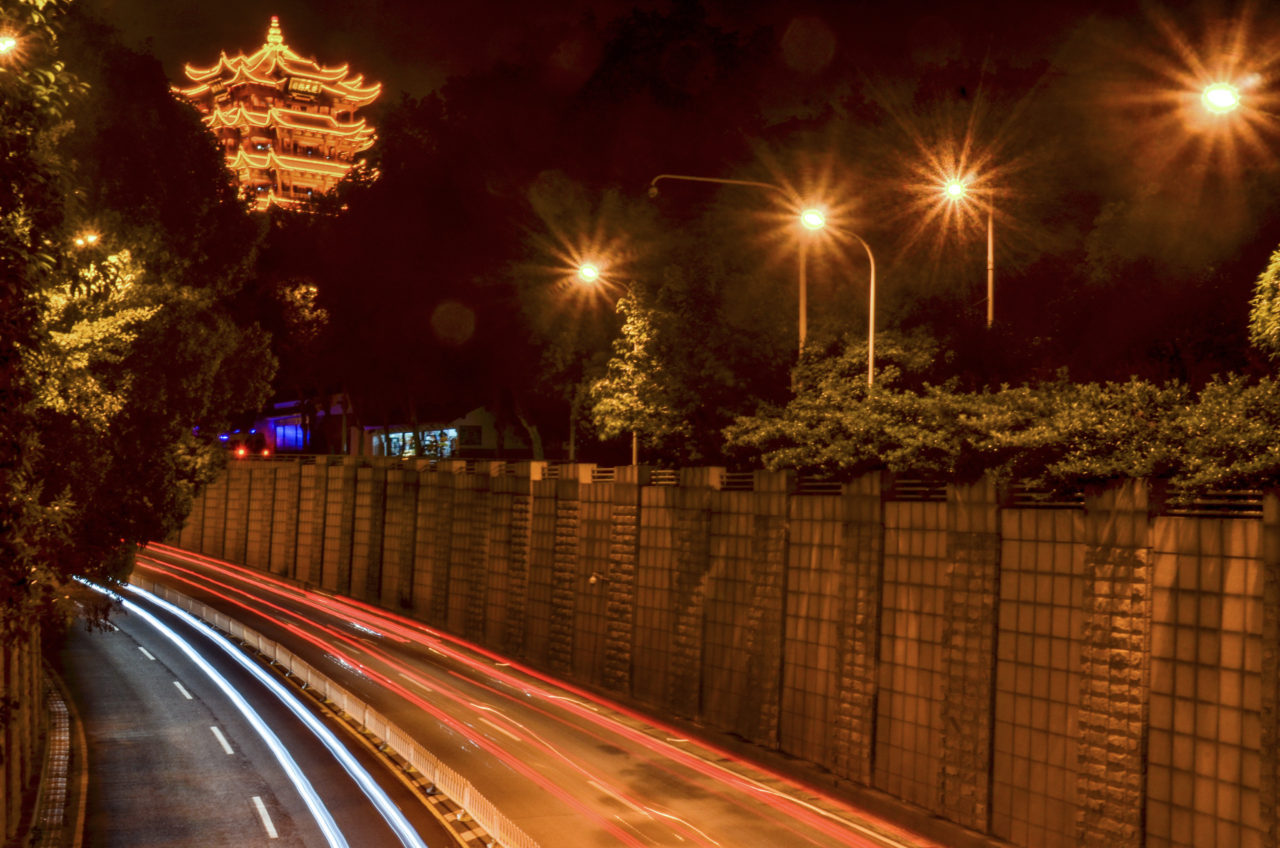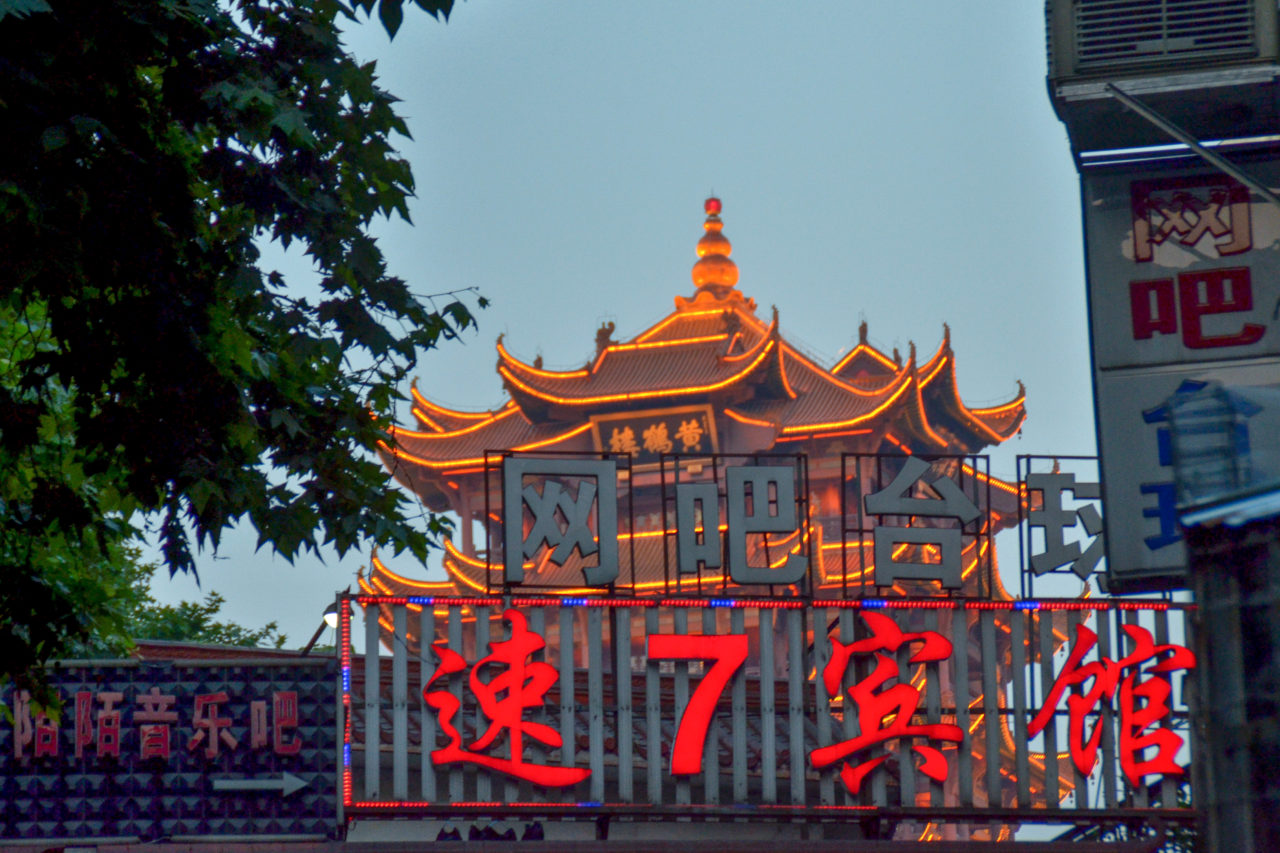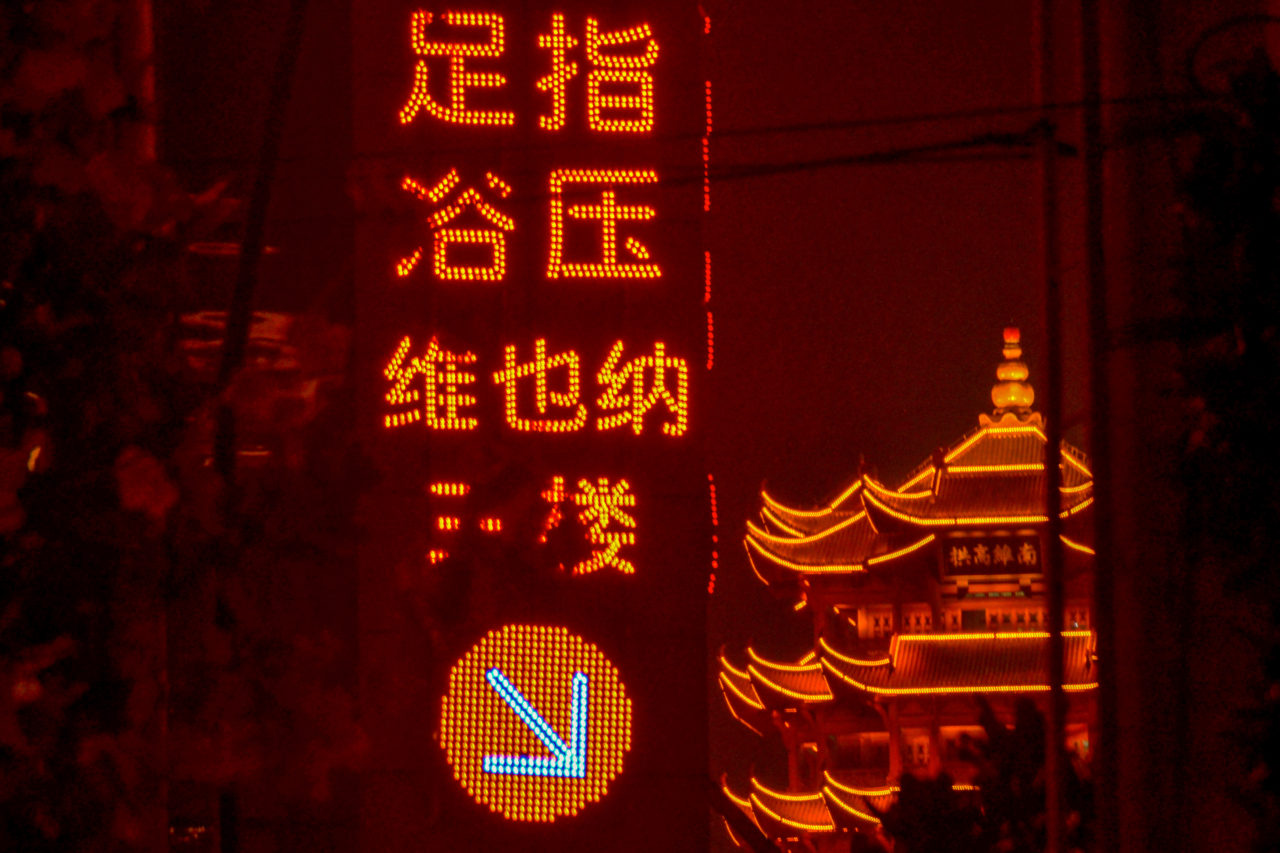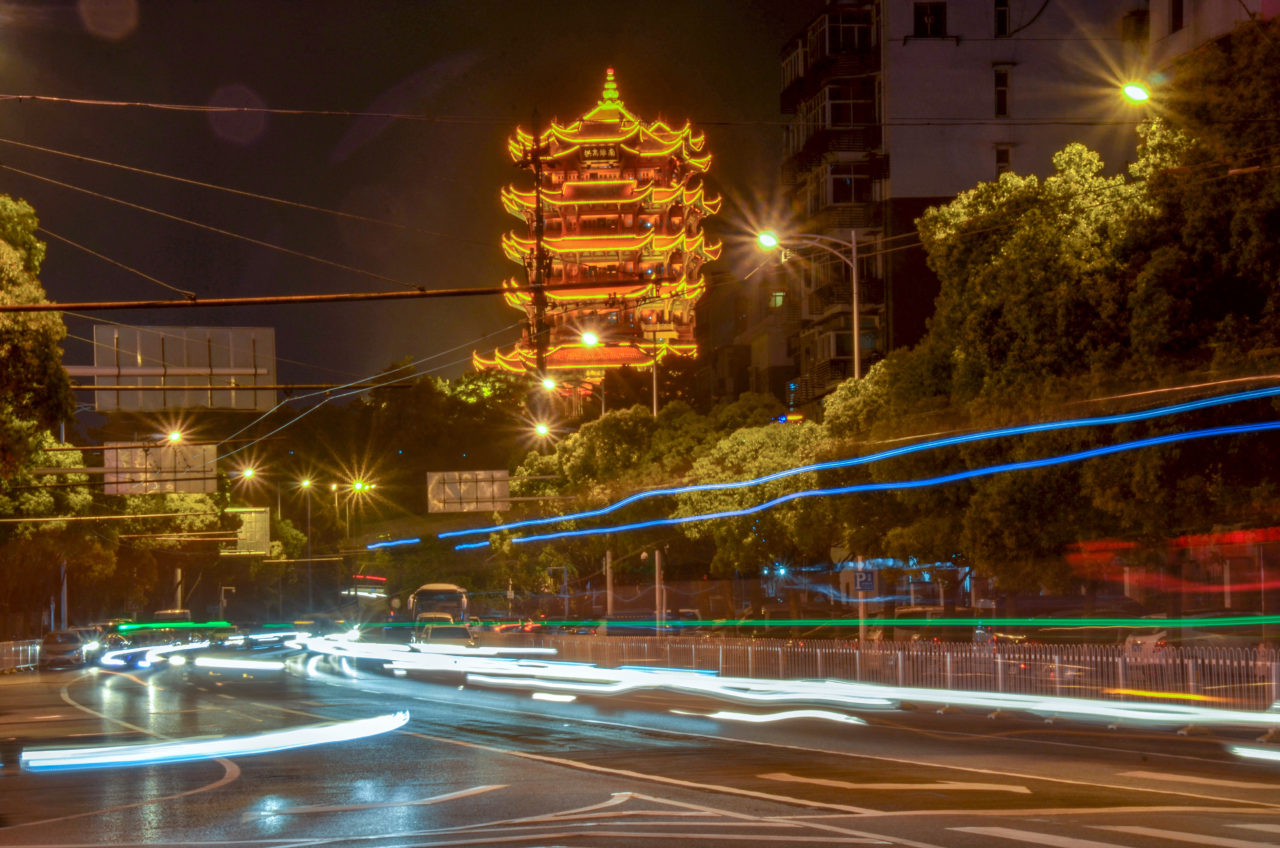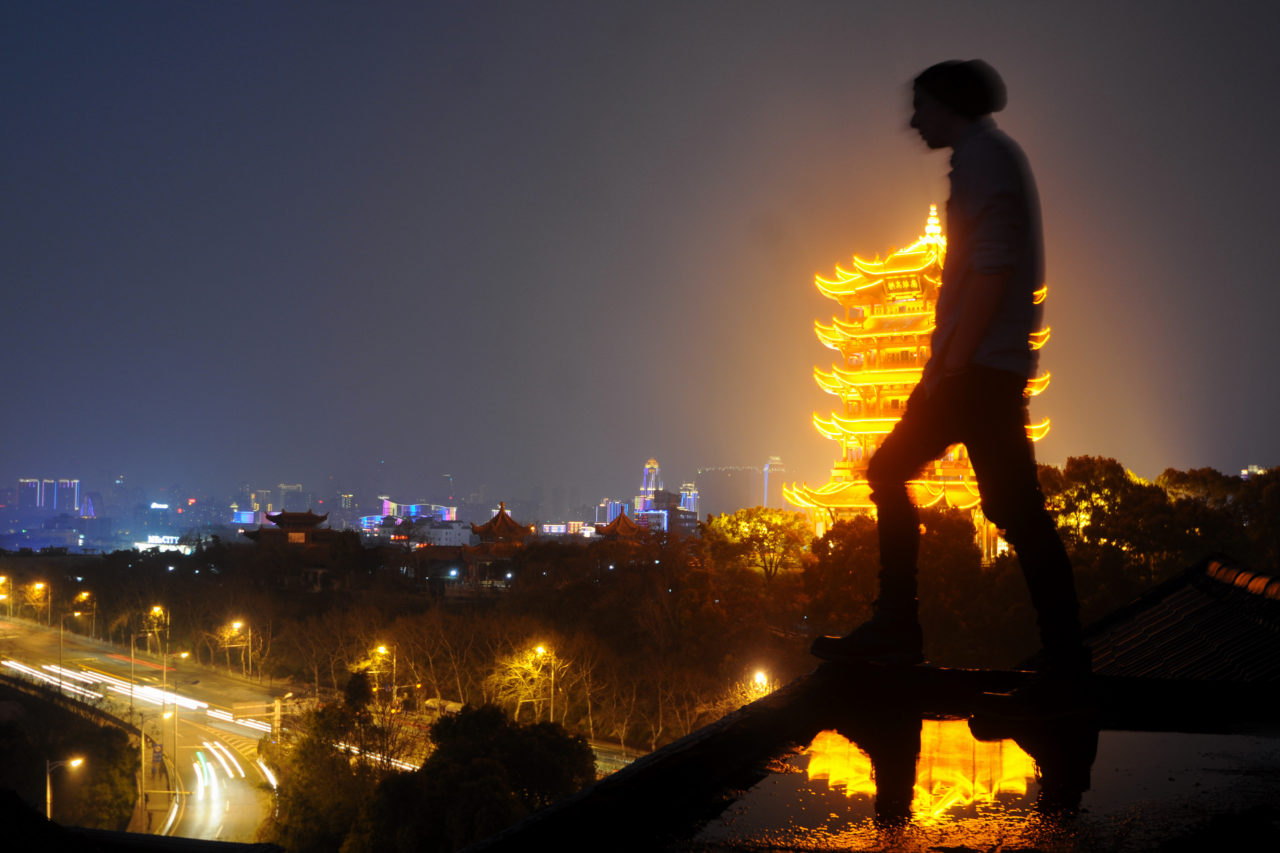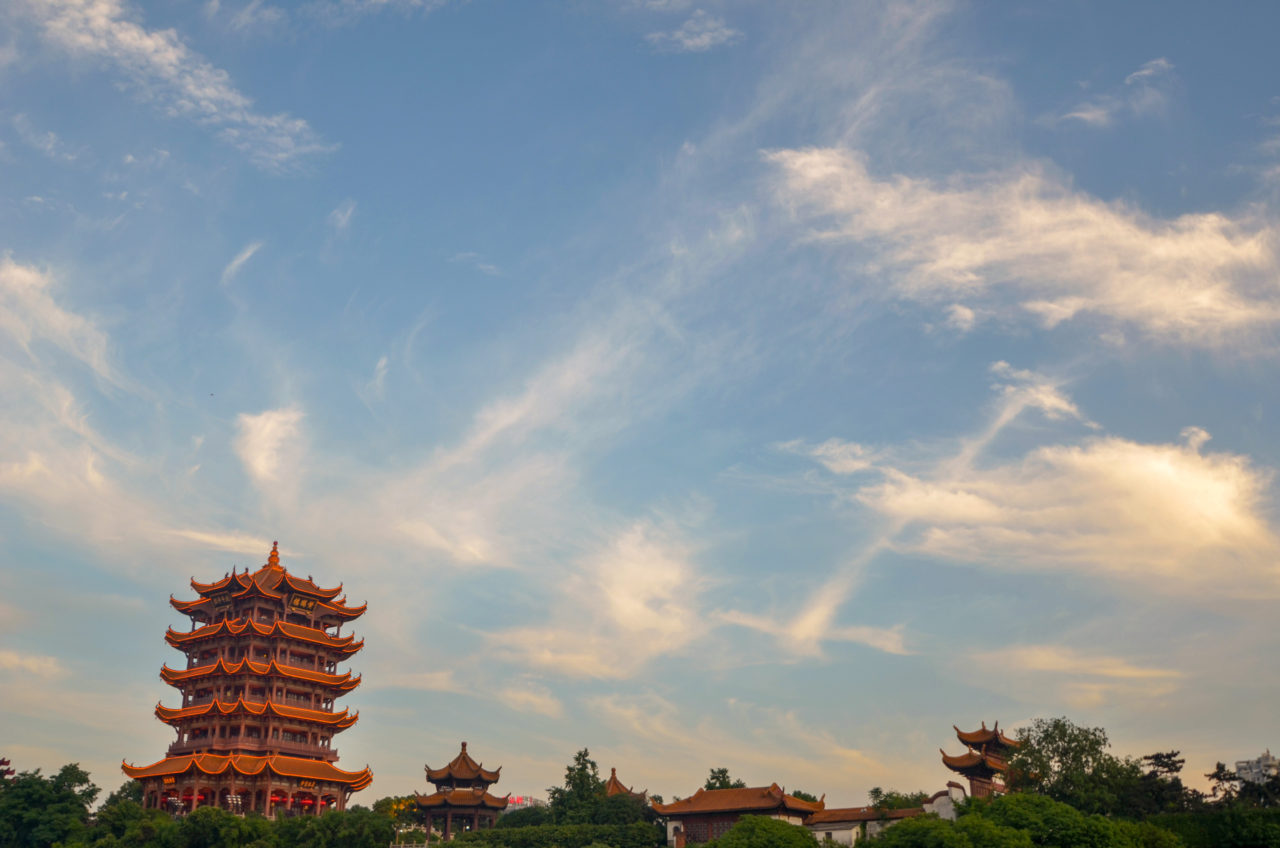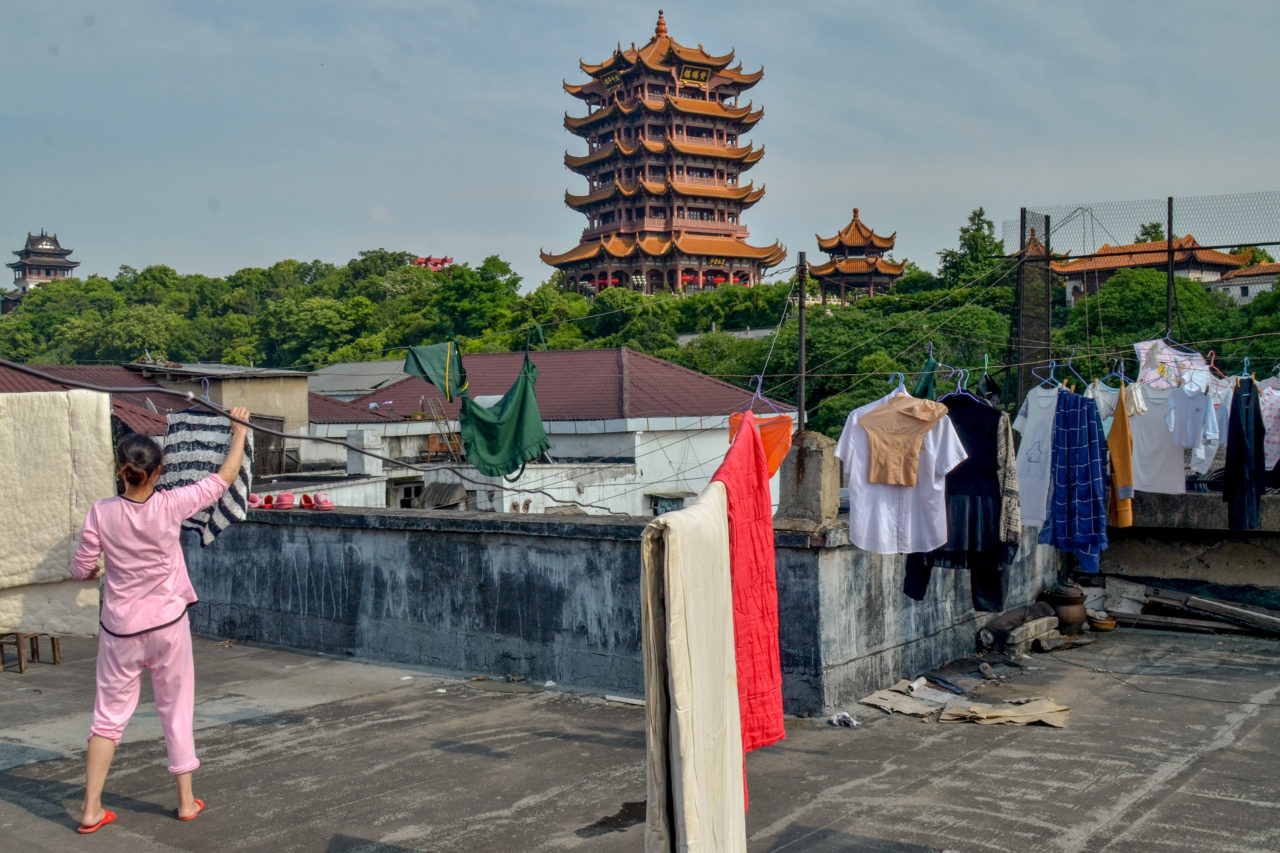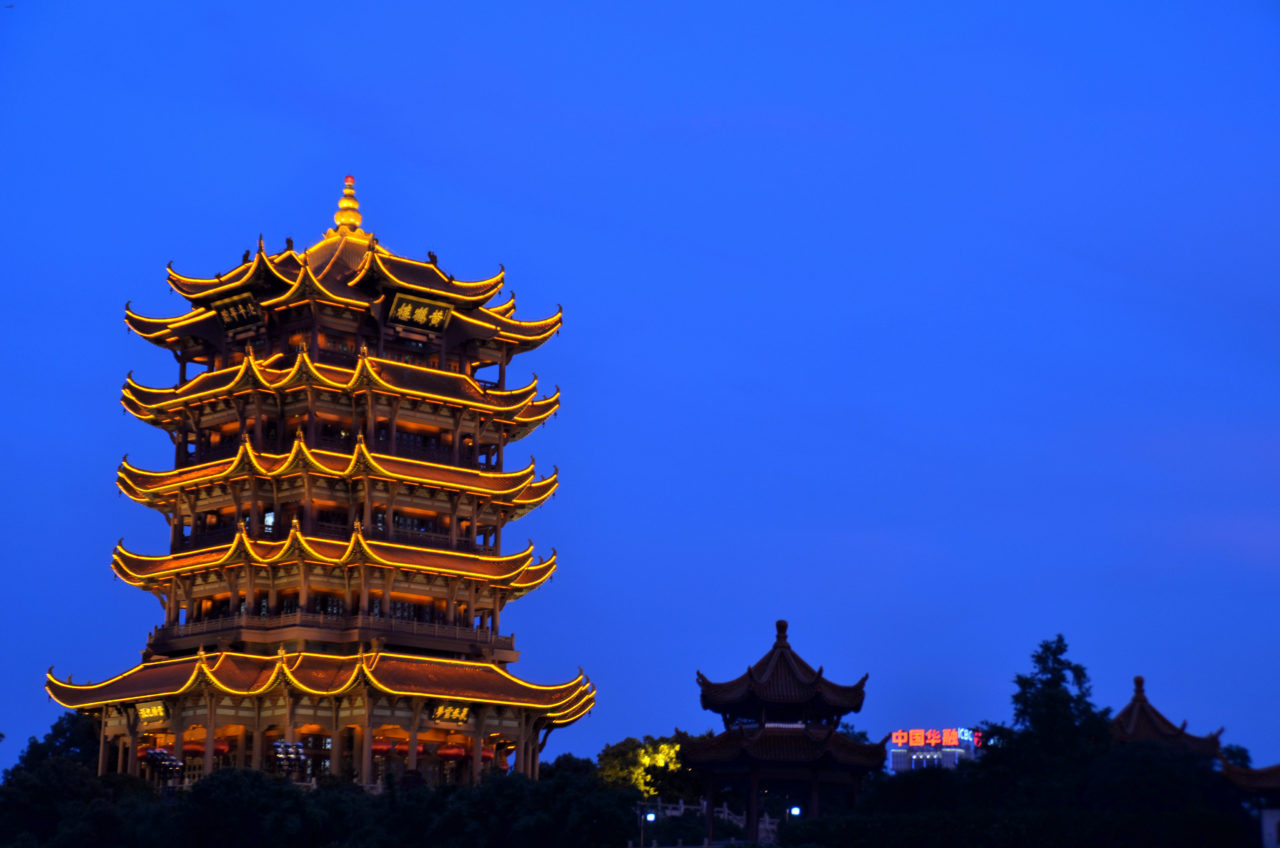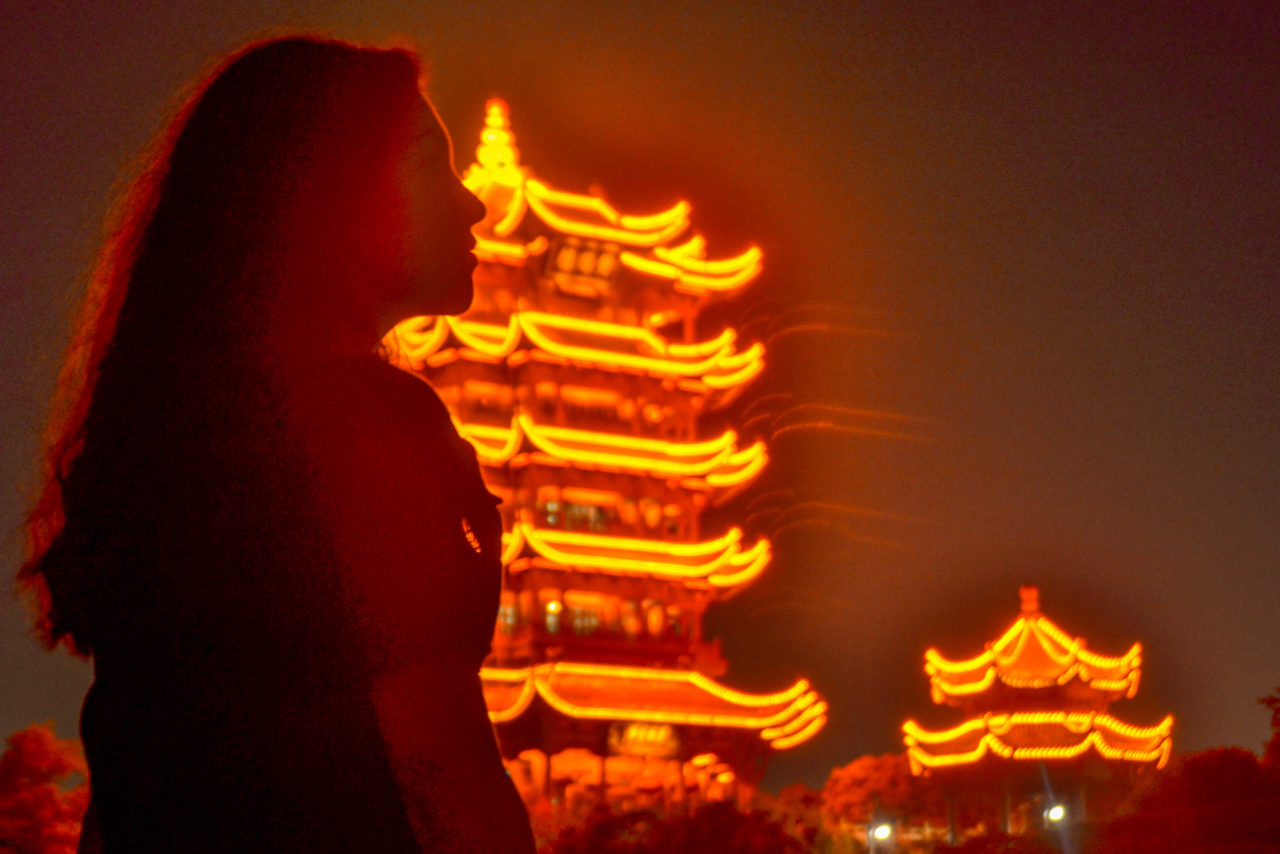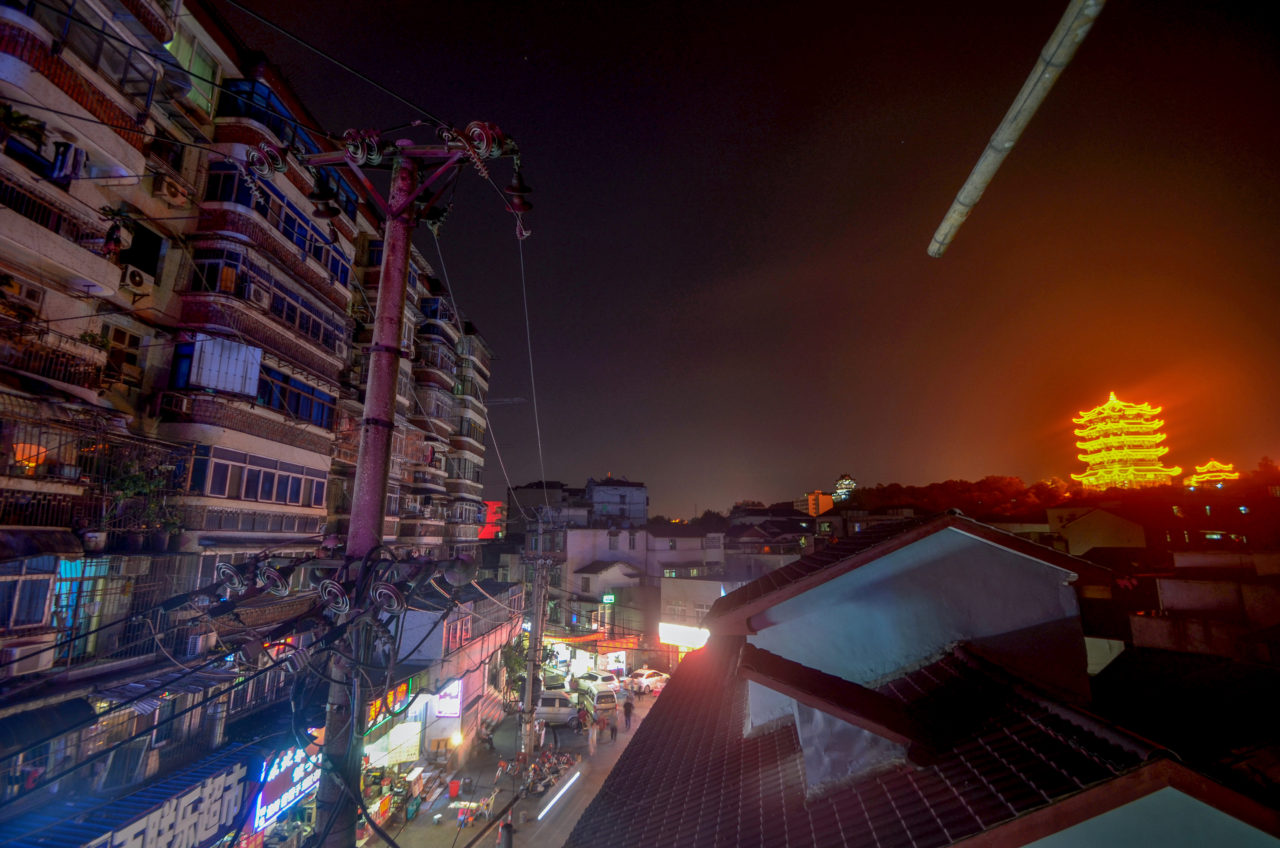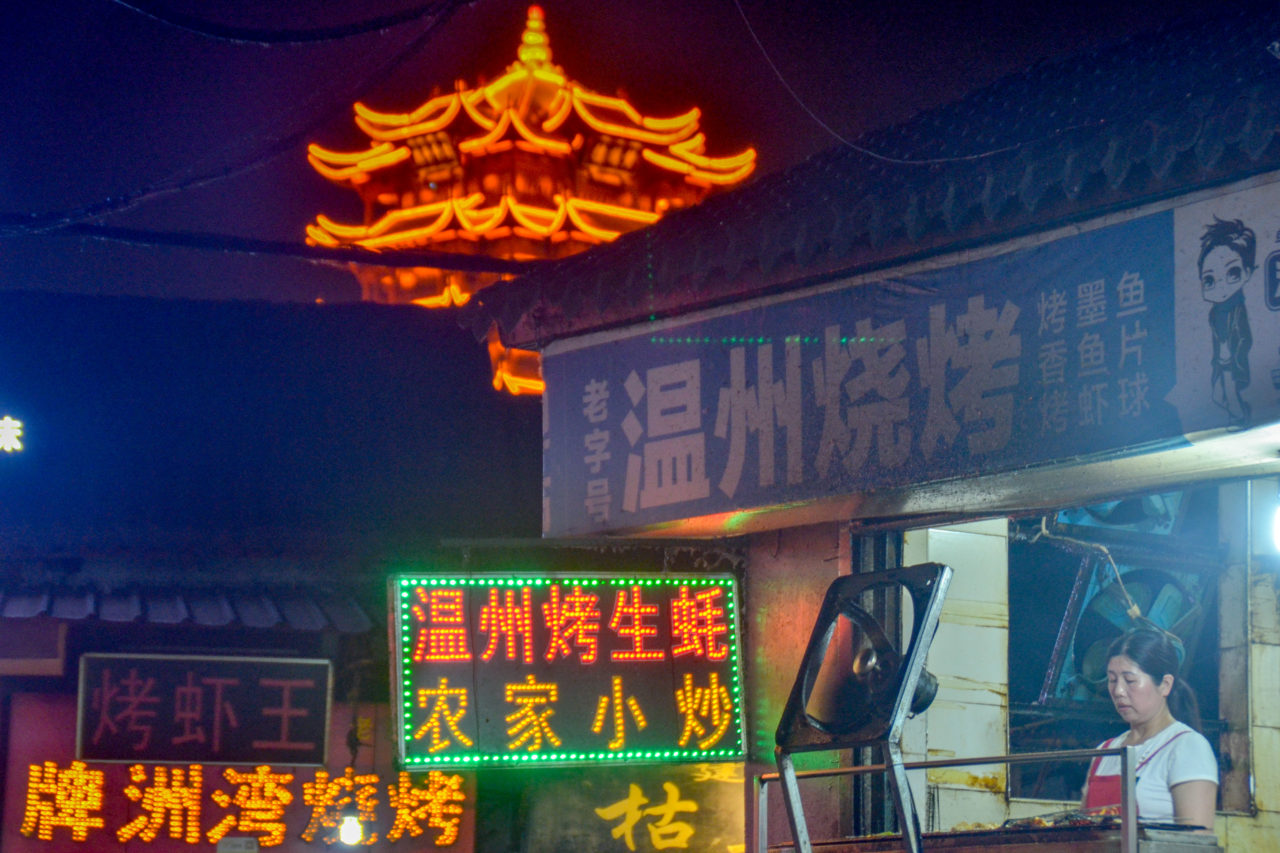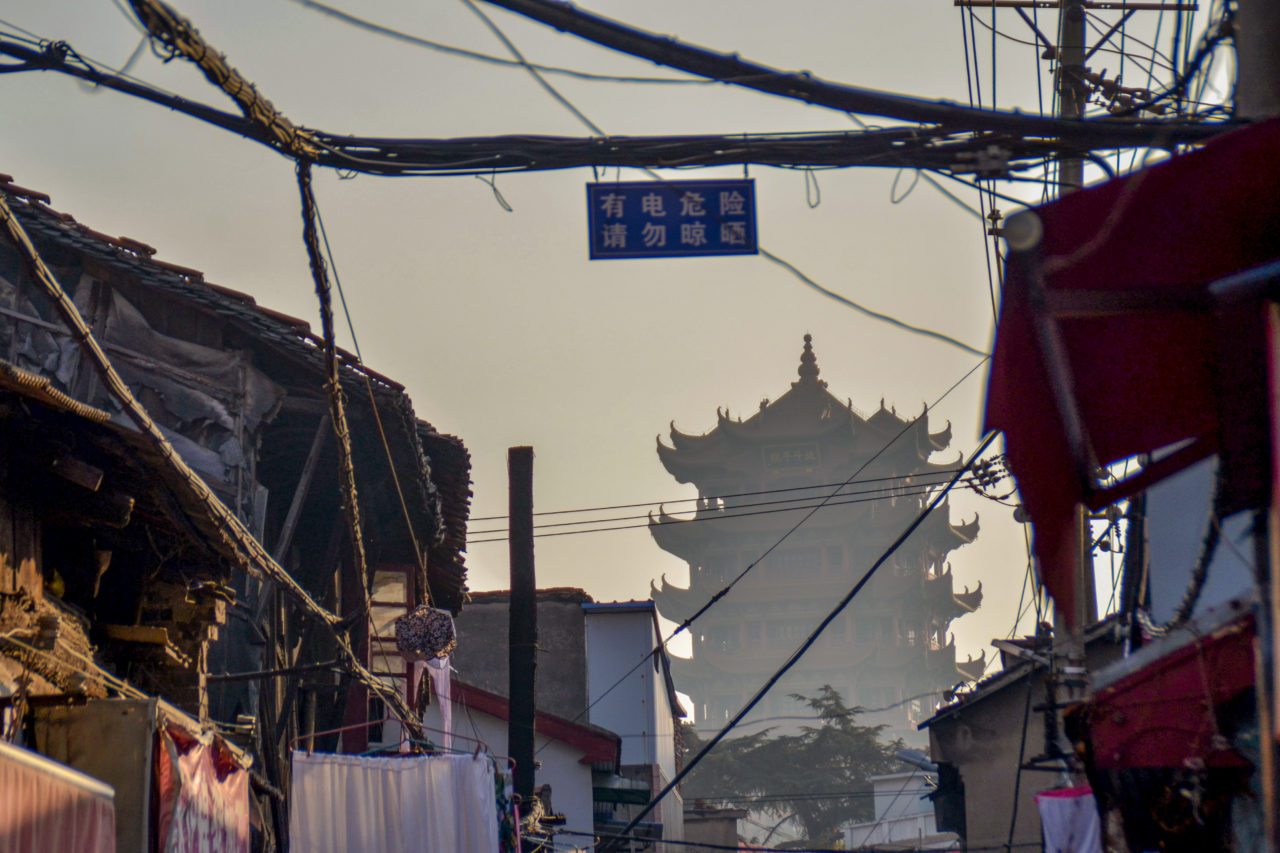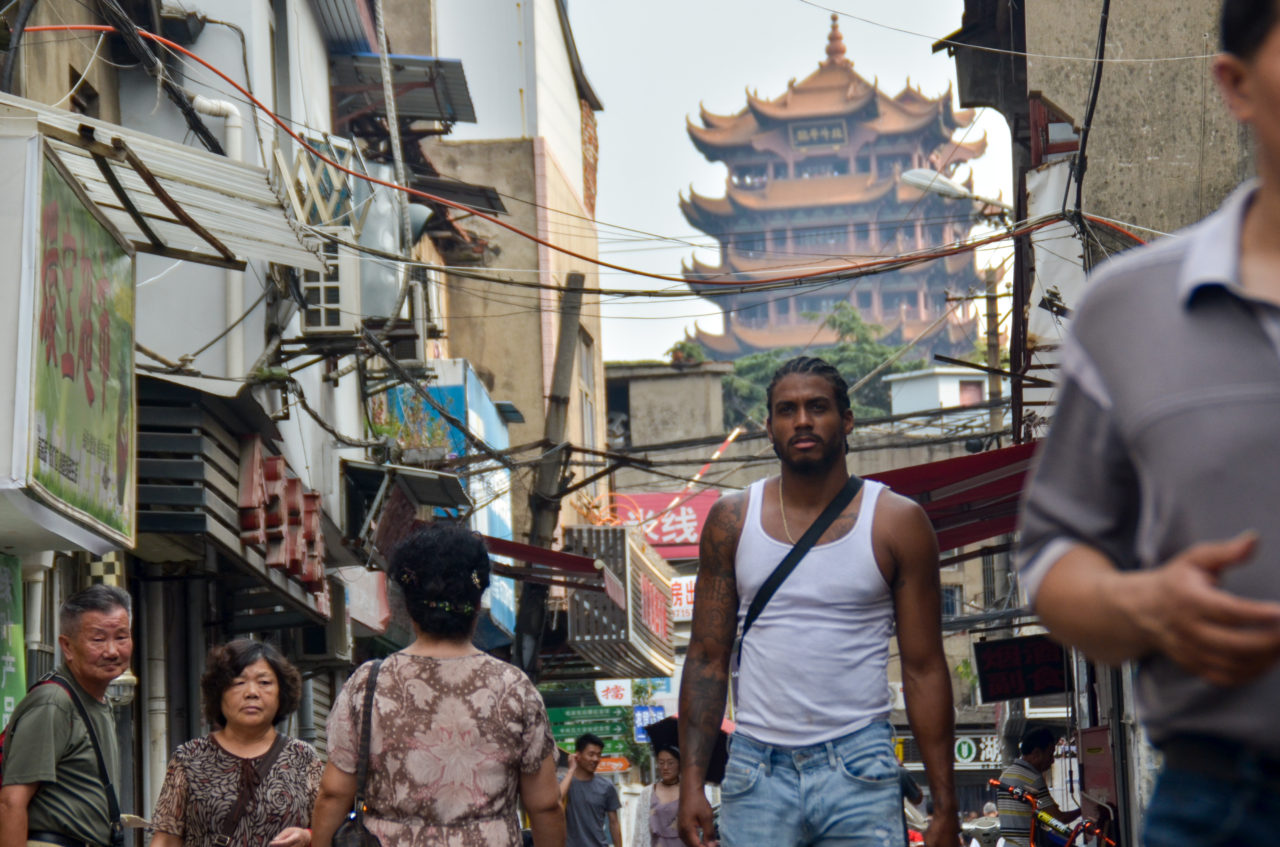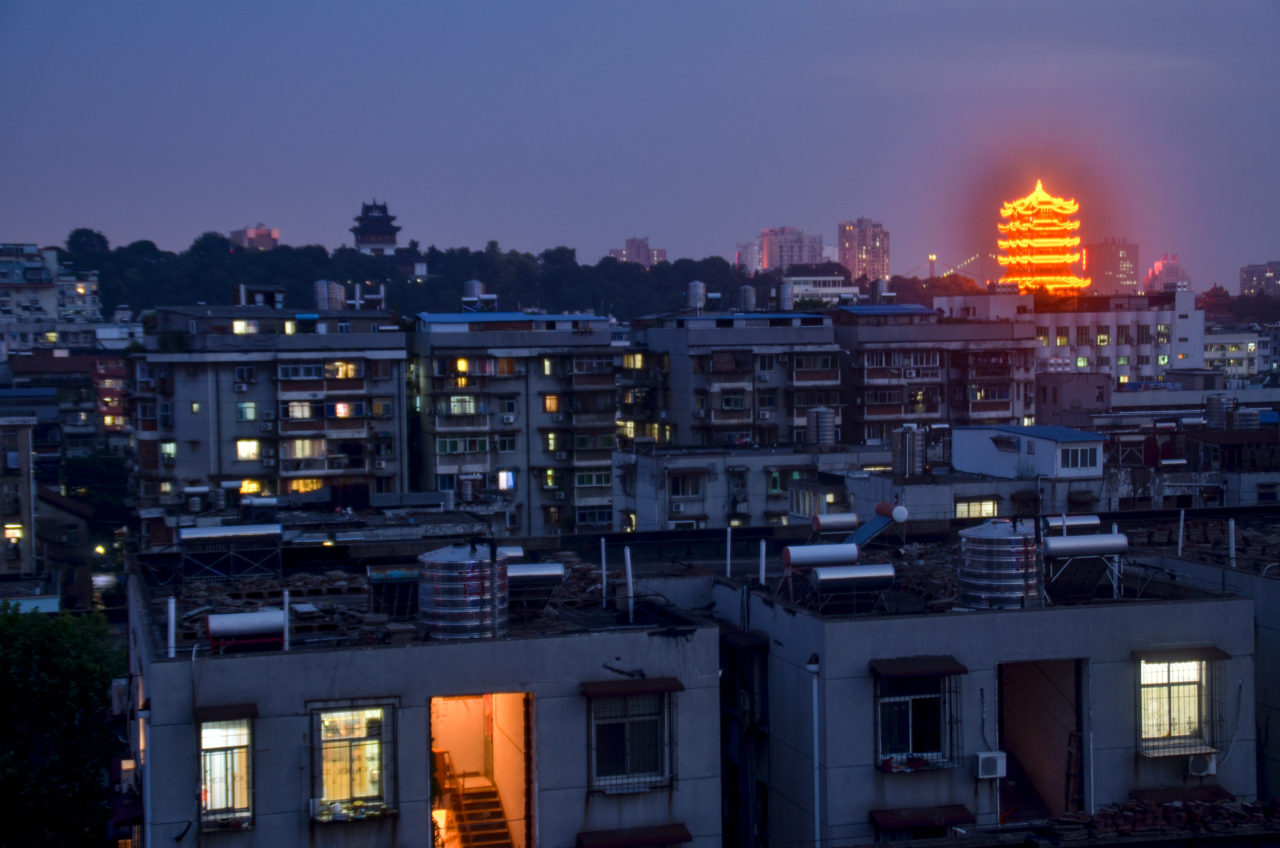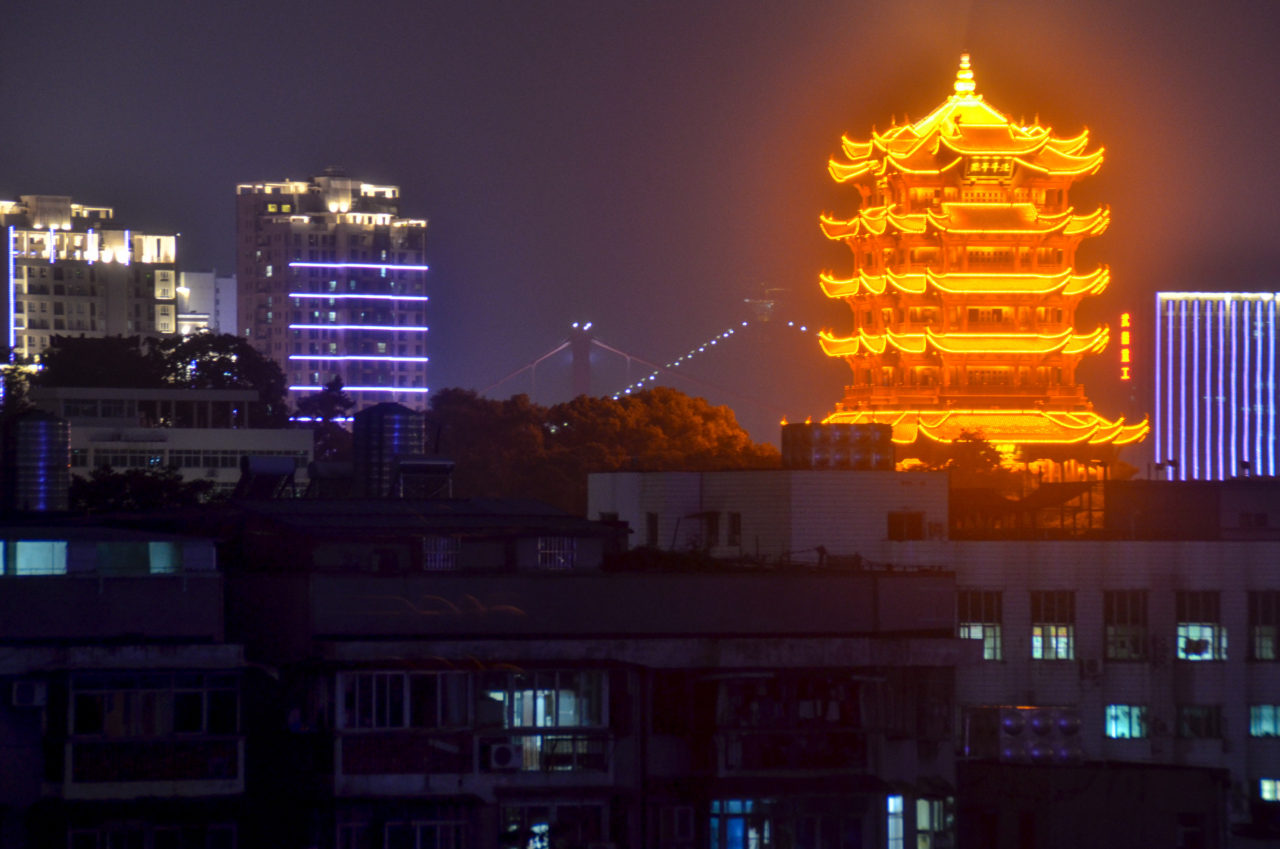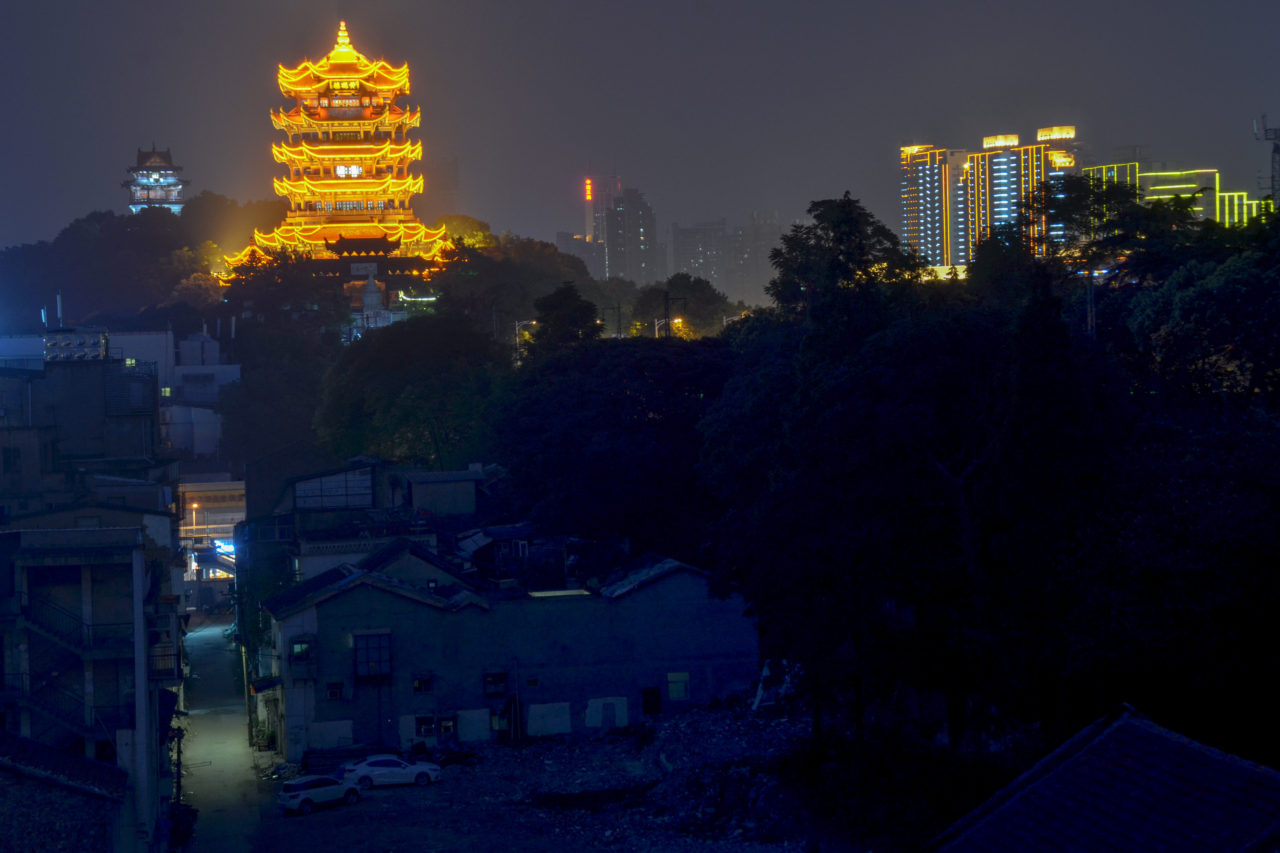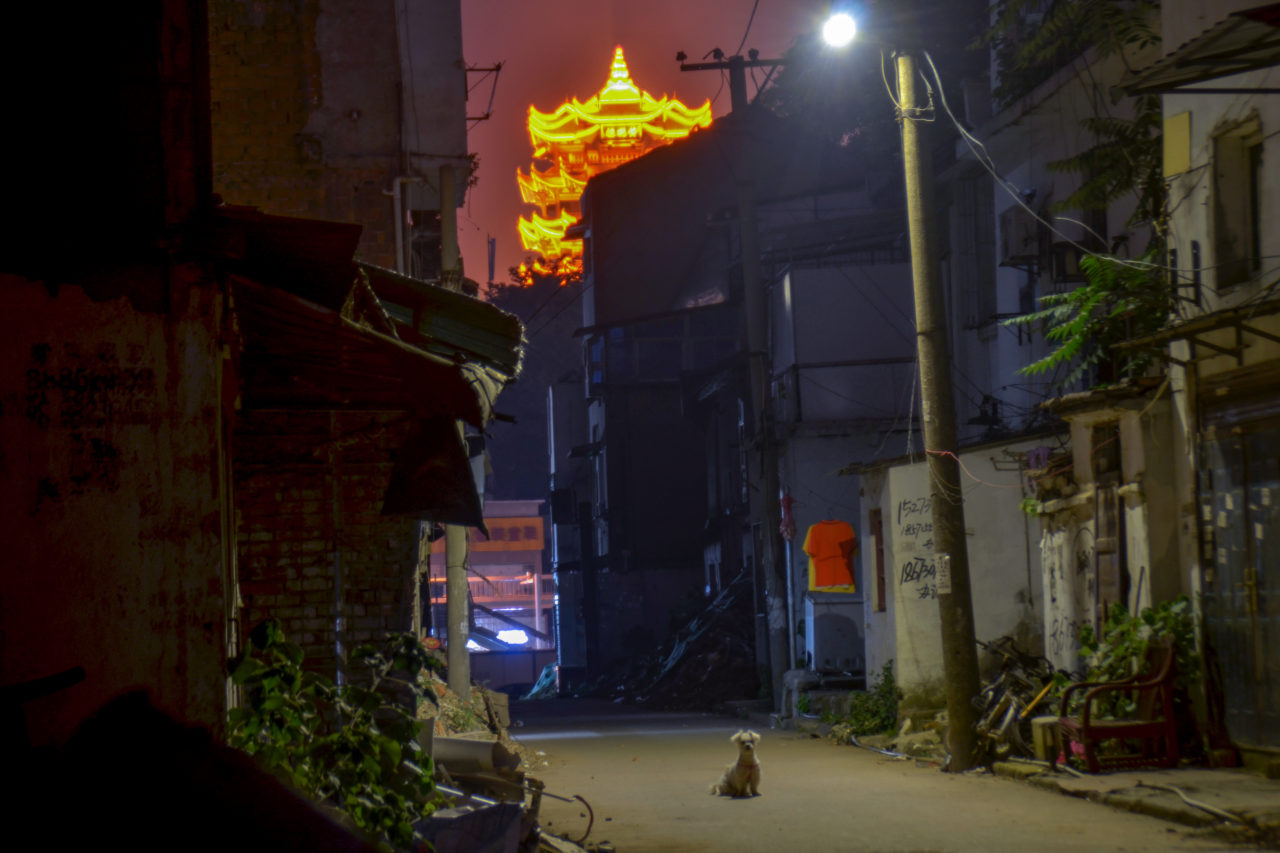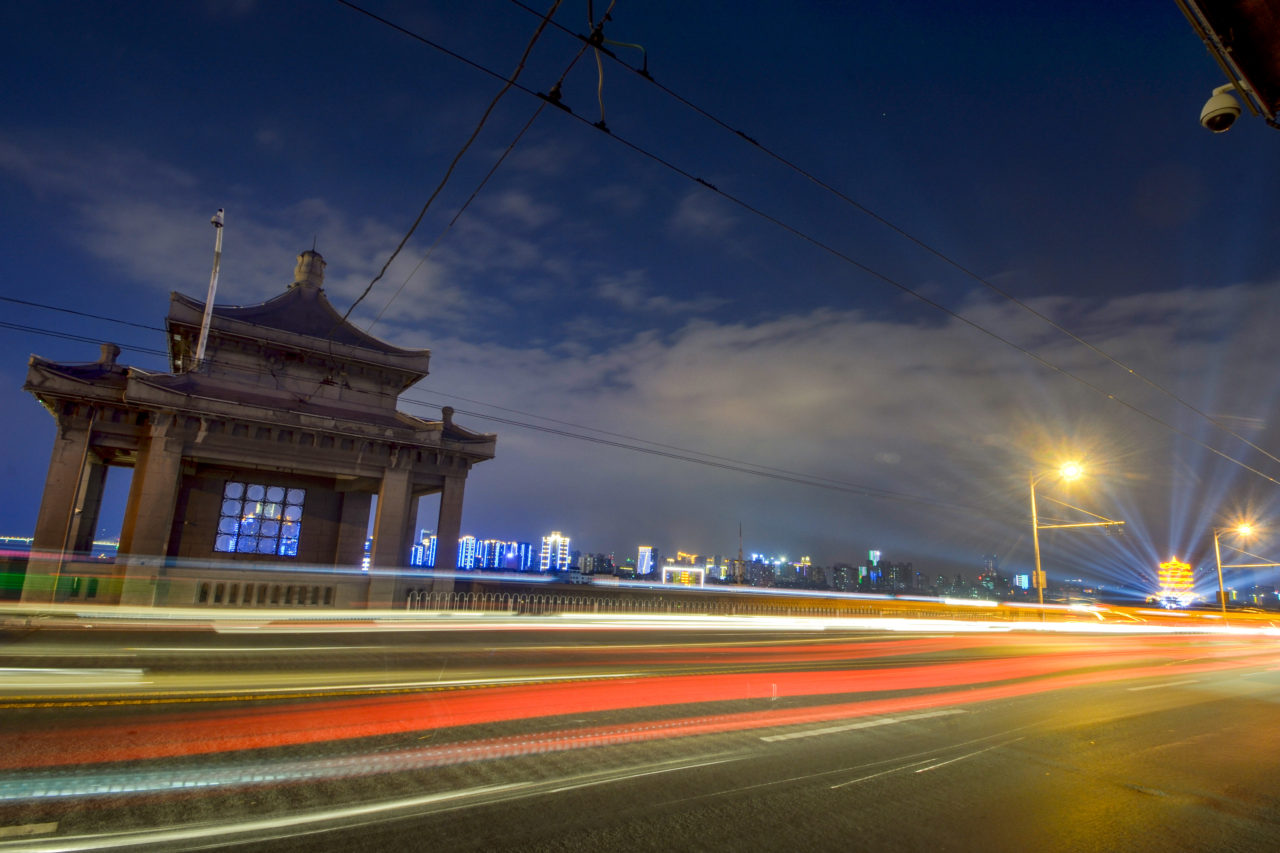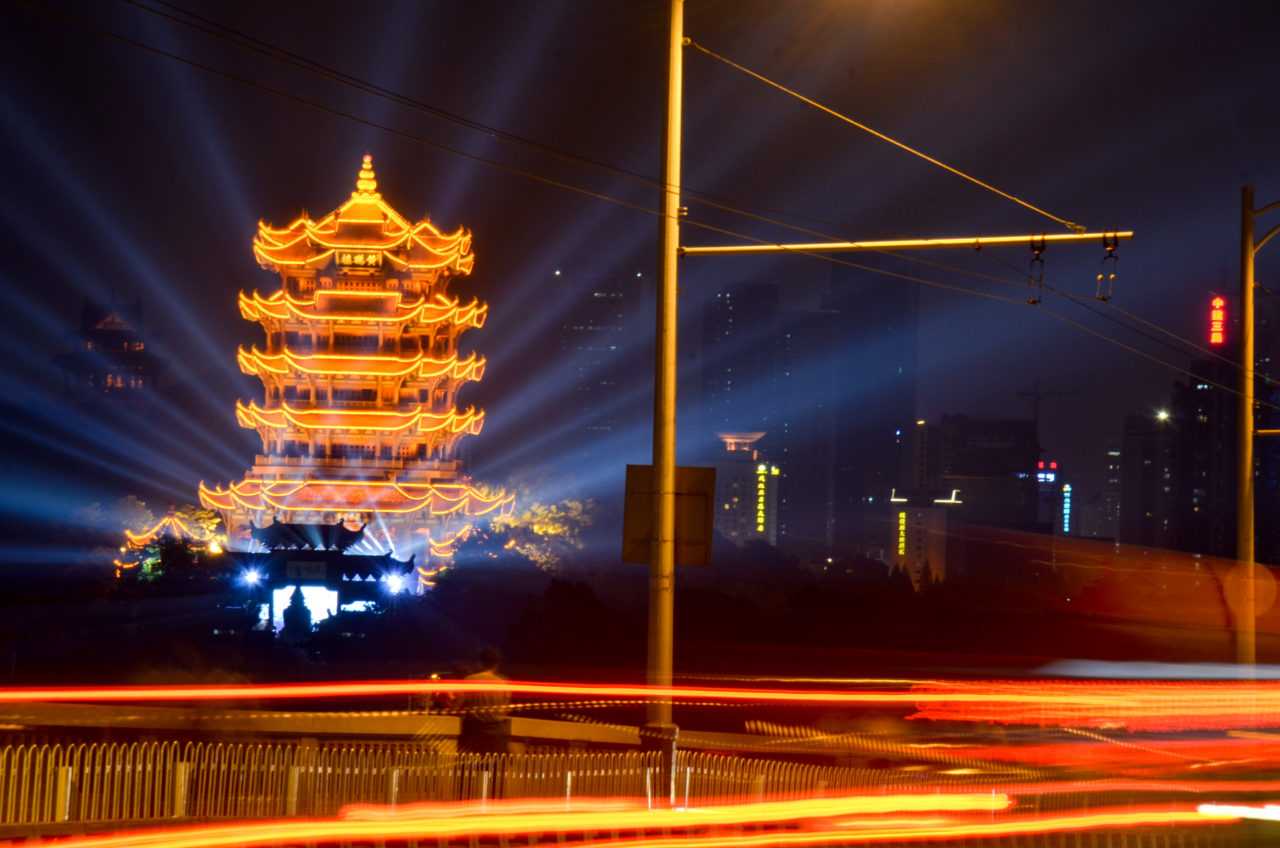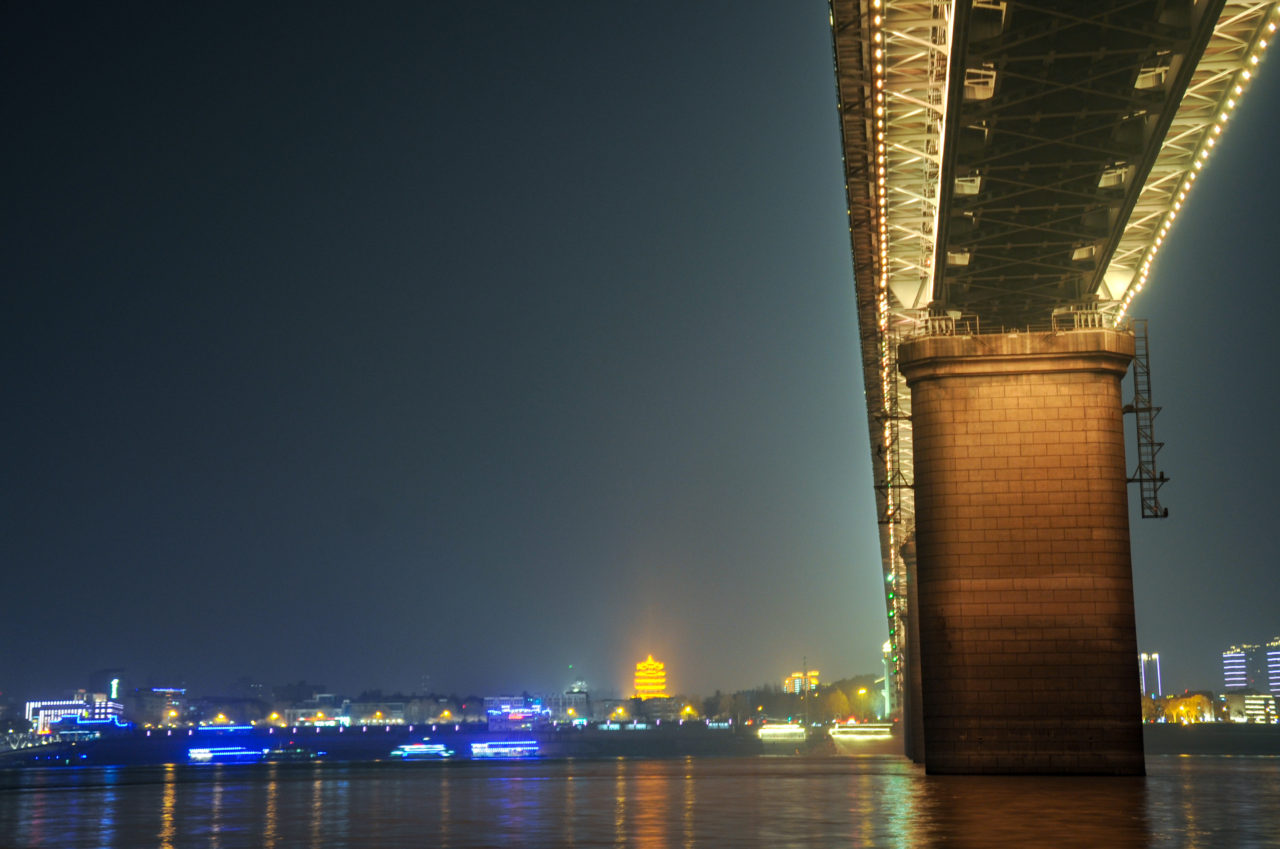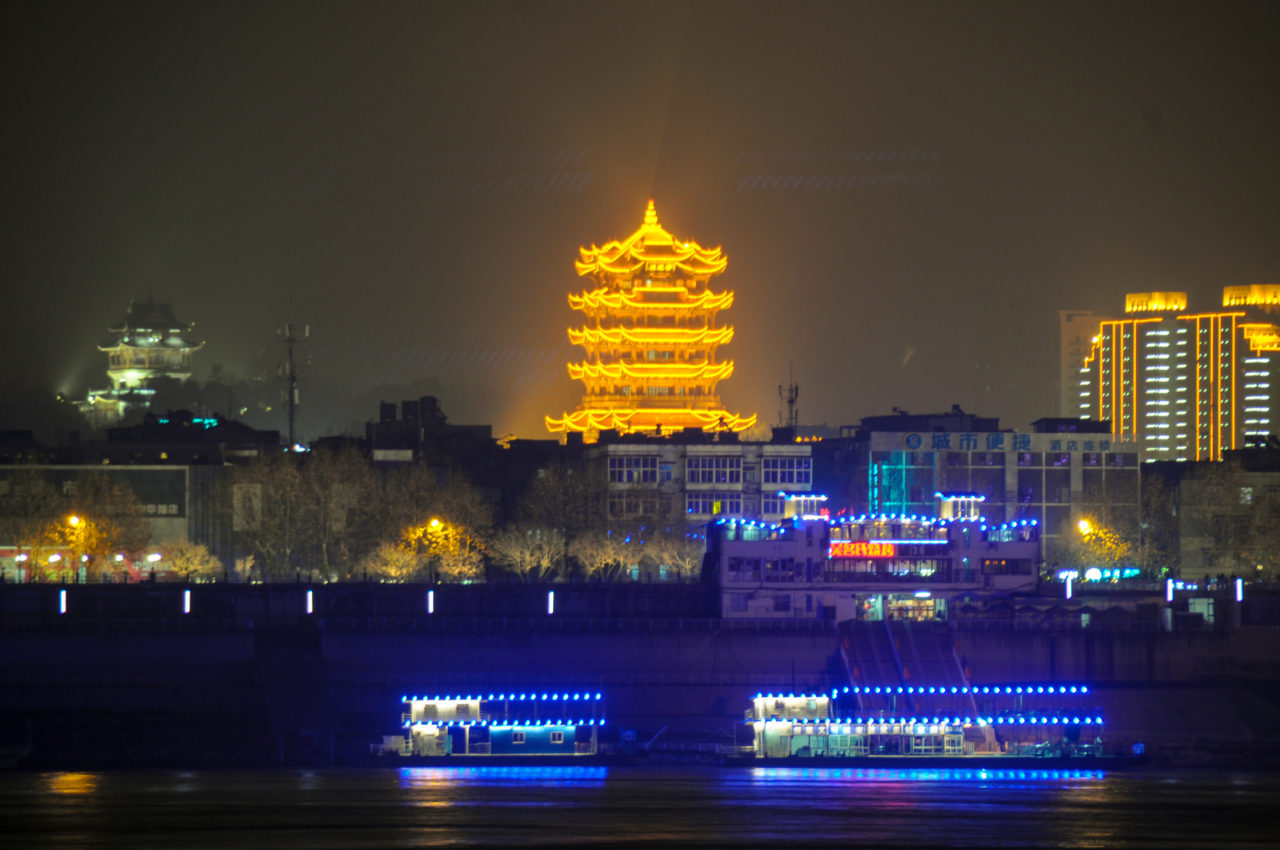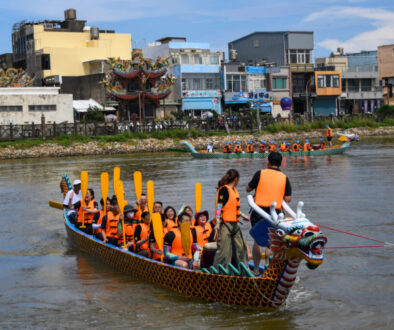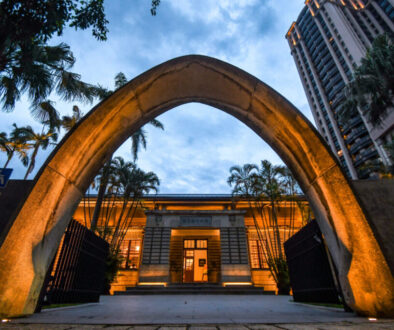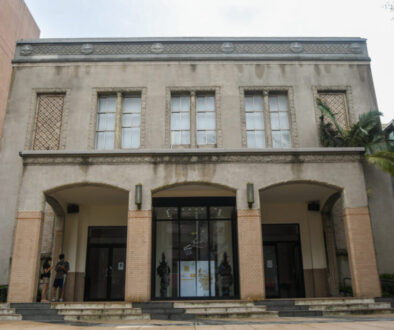Best Views of Wuhan’s Yellow Crane Tower
Going off of the Beaten Path
For many tourists traveling through China, Wuhan is already considered a bit off of the beaten path. With a population of over 10 million, this provincial capital is not a small dot on the map by any stretch of the imagination. Despite its massive size and importance to China as a whole, the city is overlooked by many tourists and foreign students who often feel trapped within its city limits. Contrary to what you may see on the surface, Wuhan is a massive concrete jungle of winding alleyways and crumbling apartment buildings just waiting to be explored.
If one were to travel to Wuhan, the top thing to do on the itinerary would be to make the pilgrimage to the Yellow Crane Tower. Wuhan’s own Yellow Crane Tower is one of the 4 great towers of ancient China. Despite the word “ancient” often being used to describe the tower, the current structure began construction in 1981. Its predecessor was burned down in 1884, but the earlier model was only constructed in 1868.
Even with this watchtower lacking any sense of being “ancient”, the Yellow Crane Tower definitely commands the skyline from its perch on top of Snake Mountain. While any tourist can buy a ticket for 70 yuan and climb up the tower for a view over the city and the mighty Yangtze River, the most breathtaking spots to see the tower are found on the ground below.
Get ready to explore the labyrinth of old Wuhan all in the glow of the Yellow Crane Tower!
Yellow Crane Tower South Road (黄鹤楼南路)
For those new to Wuhan, the view from Yellow Crane Tower South Road tends to surprise you when walking down the Pengliuyang Road (彭刘杨路). Especially at night, the gleam of the Yellow Crane Tower is obstructed by the drab buildings on either side of the street, when all of the sudden pedestrians are blinded by the brilliant golden light flooding the South Road.
From the nearby park at the Wuchang Uprising Museum (辛亥革命武昌首义纪念馆), you can also find some unique views of the old watchtower standing tall above the treeline on Snake Hill. This whole area is often frequented by tourists walking from the revolution museum either to the tower itself or down to the Yangtze River.
Jiulongjing Neighborhood (九龙井小区临)
Walking up Yellow Crane Tower South Road will bring you to one of the most popular rooftop views in all of Wuhan. It is here where many instagramers and professional photographers will shoot some of the most iconic shots of the Wuhan skyline. The apartment building which attracts slews of young college kids is a bit harder to find than you would think.
The old apartment block is found at the corner of where Tiyu Road (体育路) snakes around and turn east. The entrance to the apartment is found on the western side of the building. After walking up what seems like an unceasing amount of stairs you will finally reach the rooftop. The view of the Yellow Crane Tower is obstructed by a sheet metal cover used for keeping rain from collecting on the top of the apartment building, thus leaving you with two choices:
1) Crawl underneath the sheet metal on the edge of the building
2) Find a way to climb up the pillars emerging from the top of the rooftop.
Most people elect to do the second of these two choices since you will get the best view of Wuhan and the Yellow Crane Tower. Be aware that local residents will often be found on the top of the building hanging up laundry and tending to their gardens. While the locals don’t mind tourists and photographers visiting their apartment building to get that stunning view of the Yellow Crane Tower, they will leave you with a sensible warning: “Safety First”
You can find the exact location of the apartment building here:
Minzhu Road (民主路)
One of the most gorgeous views of the Yellow Crane Tower can be found in the labyrinth of apartments on the north side of Snake Mountain. While it is hard to navigate your way through the winding dark alleyways found between Minzhu Road and Qinglong Alley, you will be rewarded with a stunning view of the city as you gasp for air when reaching the top of one of the many crumbling concrete apartment buildings.
Other than an unobstructed view of the Yellow Crane Tower and the Wuhan skyline, these rooftops offer a more authentic look at local life. The surrounding neighborhood is occupied either by working class Wuhanese or retirees. While some may find the meandering alleyways to be quite sketchy or even dismal in appearance, these older neighborhoods preserve an uninhibited candid look at Chinese life which is quickly disappearing in the name of progress.
The exact location of the best rooftop by Minzhu Road is a bit hard to pinpoint. The buildings in between Minzhu Road and Qinglong Alley look as if there was no logic or organization put into the construction of the neighborhood.
When walking towards Simenkou (司门口) take a right down the alleyway just after the Wuchang Hospital of Chinese Medicine (武汉武昌区中医医院), you will then take the first alleyway on the left. Just before the alleyway snakes to the right, the entrance to the apartment will be on your left and up the stairs.
Much of Minzhu Road has been given a “facelift” in recent years. Many of these old pre-Deng Xiaoping era housing will be torn down for more modern tourist friendly developments. Be sure to visit these hidden gems while you still can and experience true Wuhan culture!
Location of Minzhu Road’s best rooftop for viewing the Yellow Crane Tower:
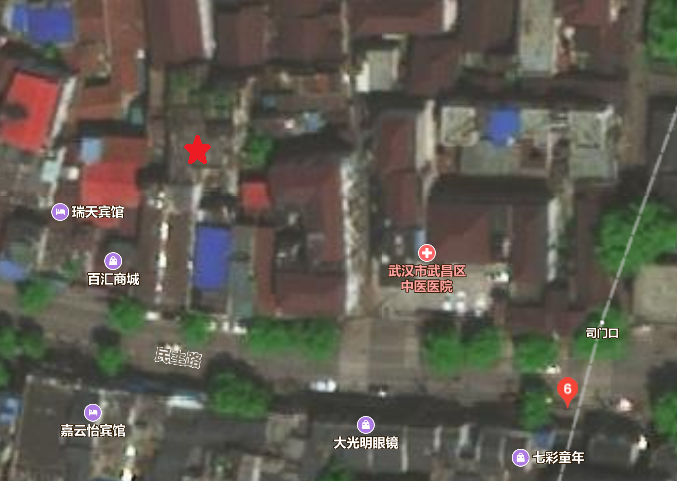
Qinglong Alley (青龙巷)
Not far from our rooftop near Minzhu Road is Qinglong Alley. This alley is essentially a more grimy continuation of Hubu Xiang. It is along this narrow street where you will find countless barbeque restaurants busily cooking up delectable spicy meats on skewers while their customers wait outside on their plastic stools in the glow of the Yellow Crane Tower.
You may have to move around a bit to get that perfect angle of the tower due to the many obstructions. On Qinglong Alley you will be able to capture the commanding presence of the Yellow Crane Tower from the busy Wuhan streets below, offering a unique perspective of the city.
Location of Qinglong Alley:
Desheng Bridge (得胜桥)
Desheng Bridge is an alleyway which perfectly frames the Yellow Crane Tower with its draping power lines and old buildings. From the ground, you will find many butchers selling anything from pork to live fish. There are also several antique booksellers and calligraphy art shops lining either side of the busy alleyway. This road also is a direct link connecting the Yellow Crane Tower to the youthful Tanhua Lin.
Location of Desheng Bridge:
Tanhua Lin (昙华林)
Tanhua Lin has gradually become famous for its trendy coffee shops and cutesy boutique shops. Many college kids descend on this alleyway to pose for selfies amongst the colorful storefronts and various splashes of color on the once grey walls. The rooftop which will give you a unique view of cascading apartments and twinkling lights from the windows with the Yellow Crane Tower is actually on the Yanzhi Lu (胭脂路), a street running parallel to all the cafes on Tanhua Lin.
Across from the Zhongnan National Seminary of the Catholic Church is yet another grey concrete apartment building offering a stunning view of Wuchang. There are several entrances to the building, but I have found that the gate on the far right is usually unlocked with roof access.
Location of Tanhua Lin’s rooftop:
Doujiying (斗级营)
From the abandoned buildings on Doujiying you can get some of the best frontal shots of the Yellow Crane Tower. Doujiying runs parallel to Minzhu Lu near Hubu Xiang. Recently, this whole streets has been closed off due to demolition and eventual construction of a more touristy street similar to the tourist trap next door. While foreign tourists my find charm in the humble nature of Doujiying, the locals are anxiously awaiting their neighborhood to be remolded to represent even more of traditional Chinese “culture”.
Location of Doujiying:
Wuhan Yangtze River Bridge (长江大桥)
Other than the Yellow Crane Tower, Yangtze River Bridge is one of the most iconic sights in all of Wuhan. Commissioned by no other than Mao Zedong, this bridged brought the three cities which currently make up Wuhan closer together and eventually led to the city becoming one of largest transport hubs in the country. This bridge is a landmark not only for Chinese innovation but also Chinese Communist revolutionaries which are immortalized with the imagery incorporated into the architecture.
Other than the bridge itself, tourists get a view of the Yangtze River, the flashing neon lights playing off of the Wuhan Skyline, and of course the Yellow Crane Tower.
Dayu Myth Park (大禹神话园)
Dayu or Yu the Great is immortalized for taming the waters of China and sparing the people from endless floods. His story has since been turned into legend. Such monuments like that on the banks of the Yangtze River in Wuhan have popped up all over the country in respect to the hero who saved a culture who in the end flourished on the floodplains of China.
Directly across the river from the Yellow Crane Tower are elaborate dragons and crashing waves all carved into scorched red stone built into the hillside of Hanyang. From this angle, you not only get a stunning view of the Yellow Crane Tower but also of the display of changing colors on the Yangtze River Bridge.
Wuhan has a lot to offer outside of just the iconic Yellow Crane Tower. The lively city streets and back alleys are where you can discover the true heart of the city. Even when looking for nothing more than a new view of the skyline, the journey to the rooftops will bring you across new hidden treasures and colorful characters. To find the soul of Wuhan, travelers will have to stray a bit off the beaten path.

